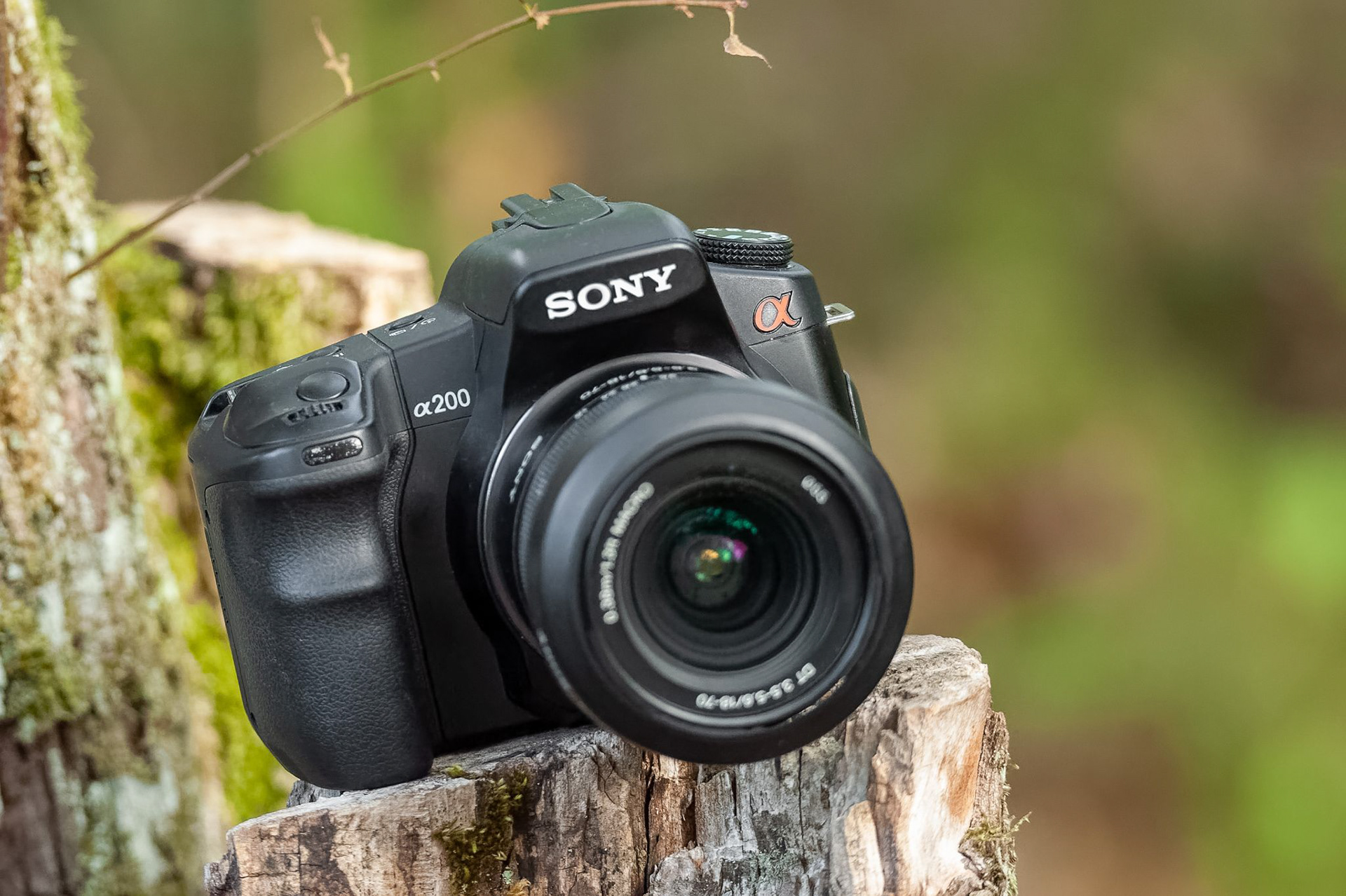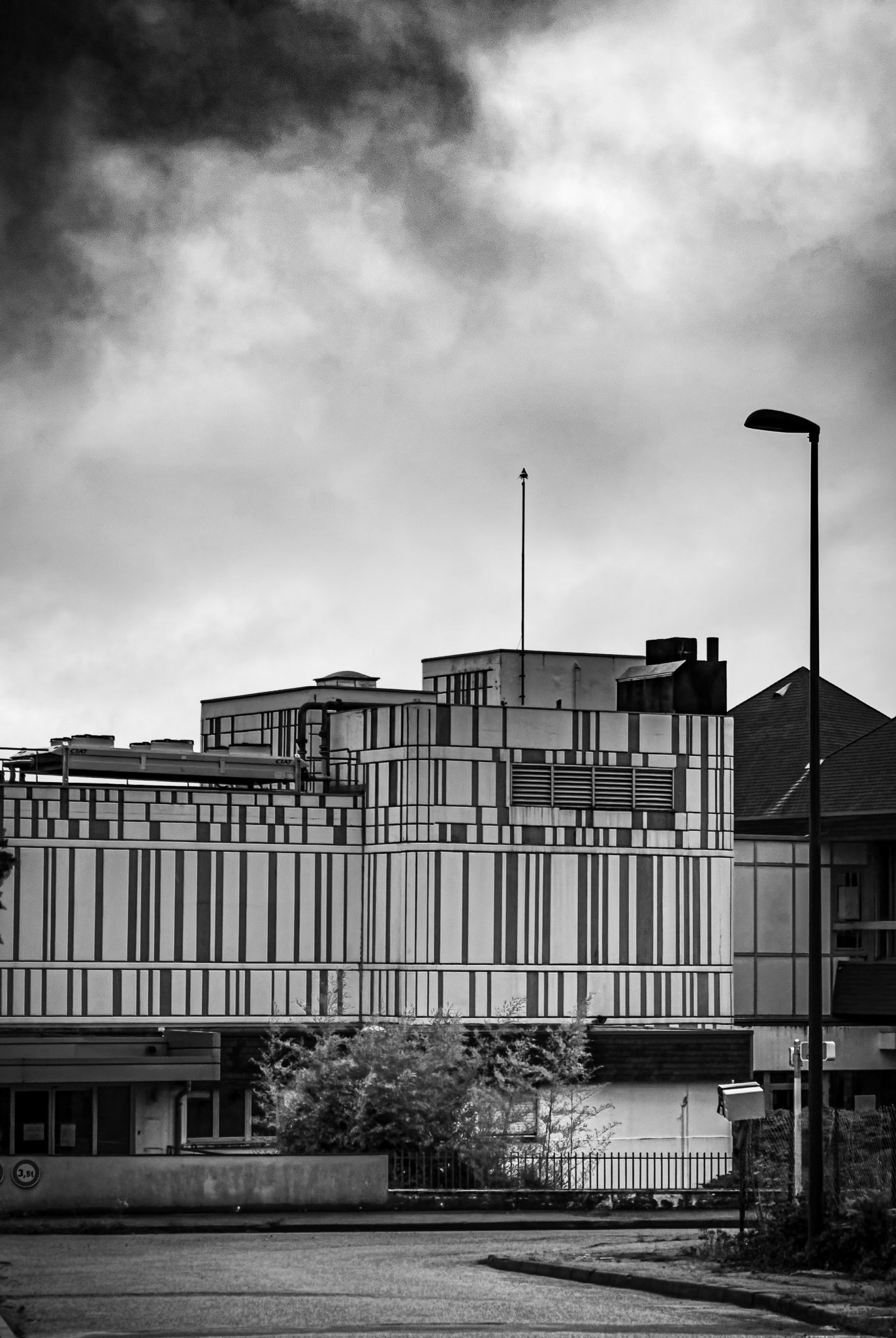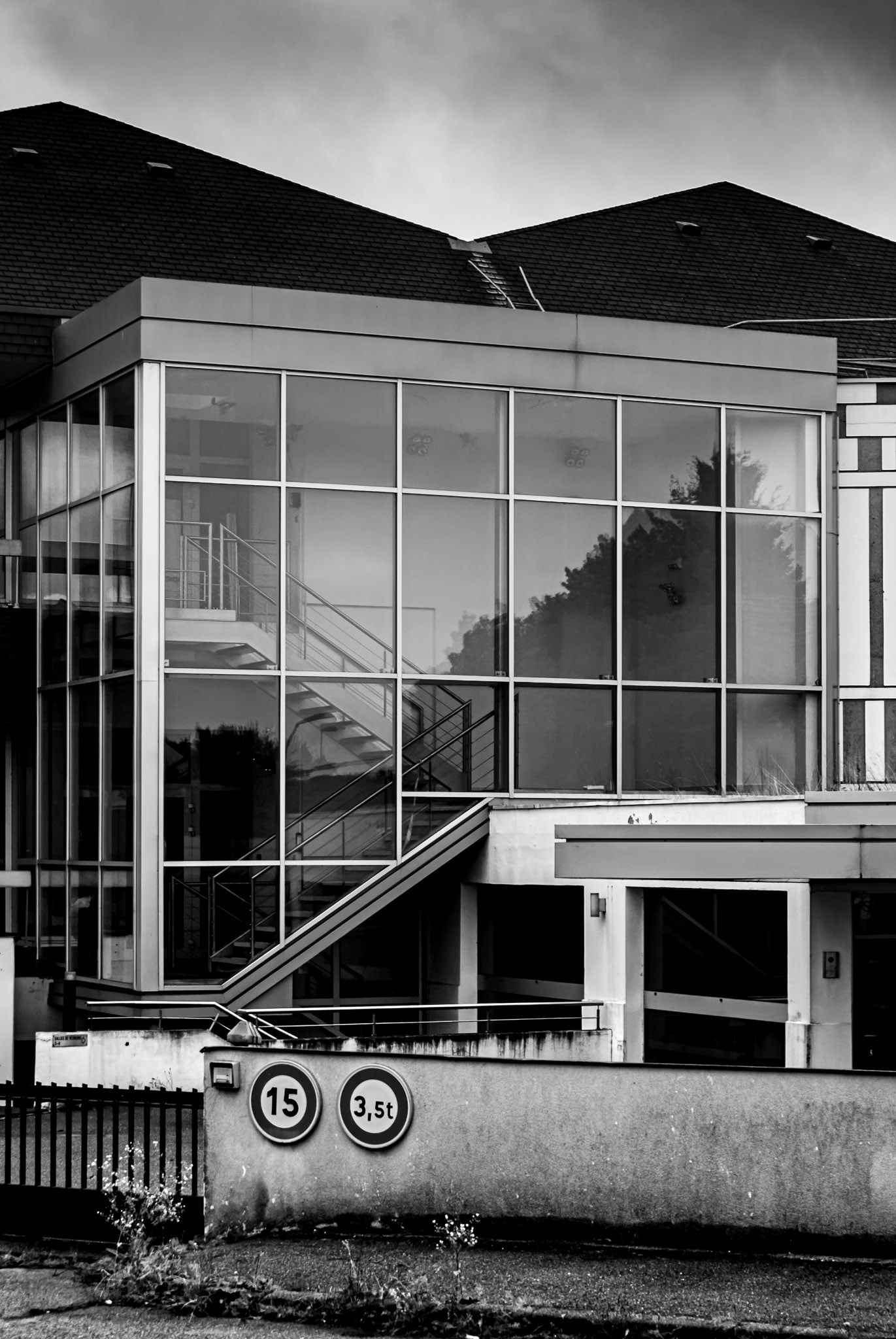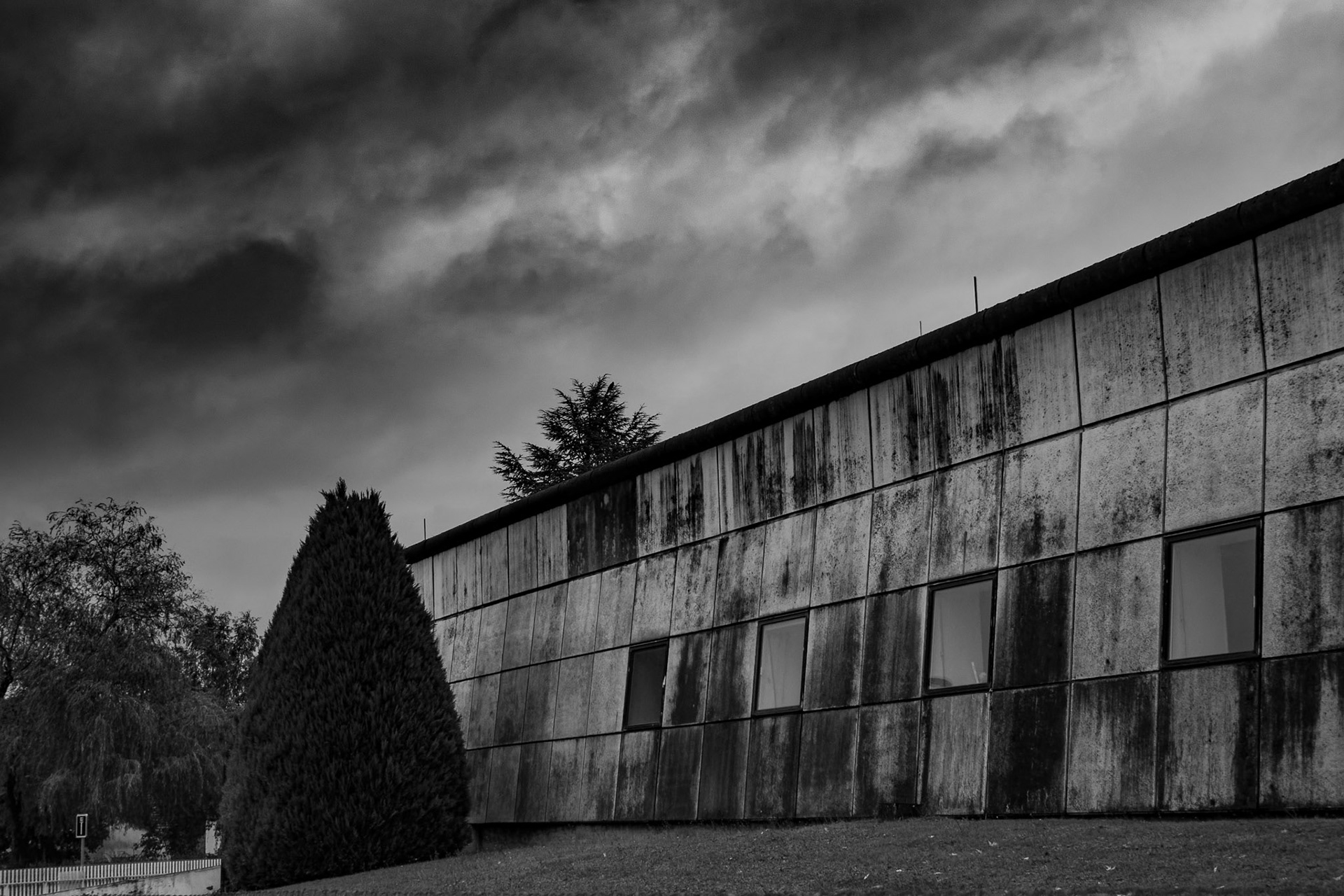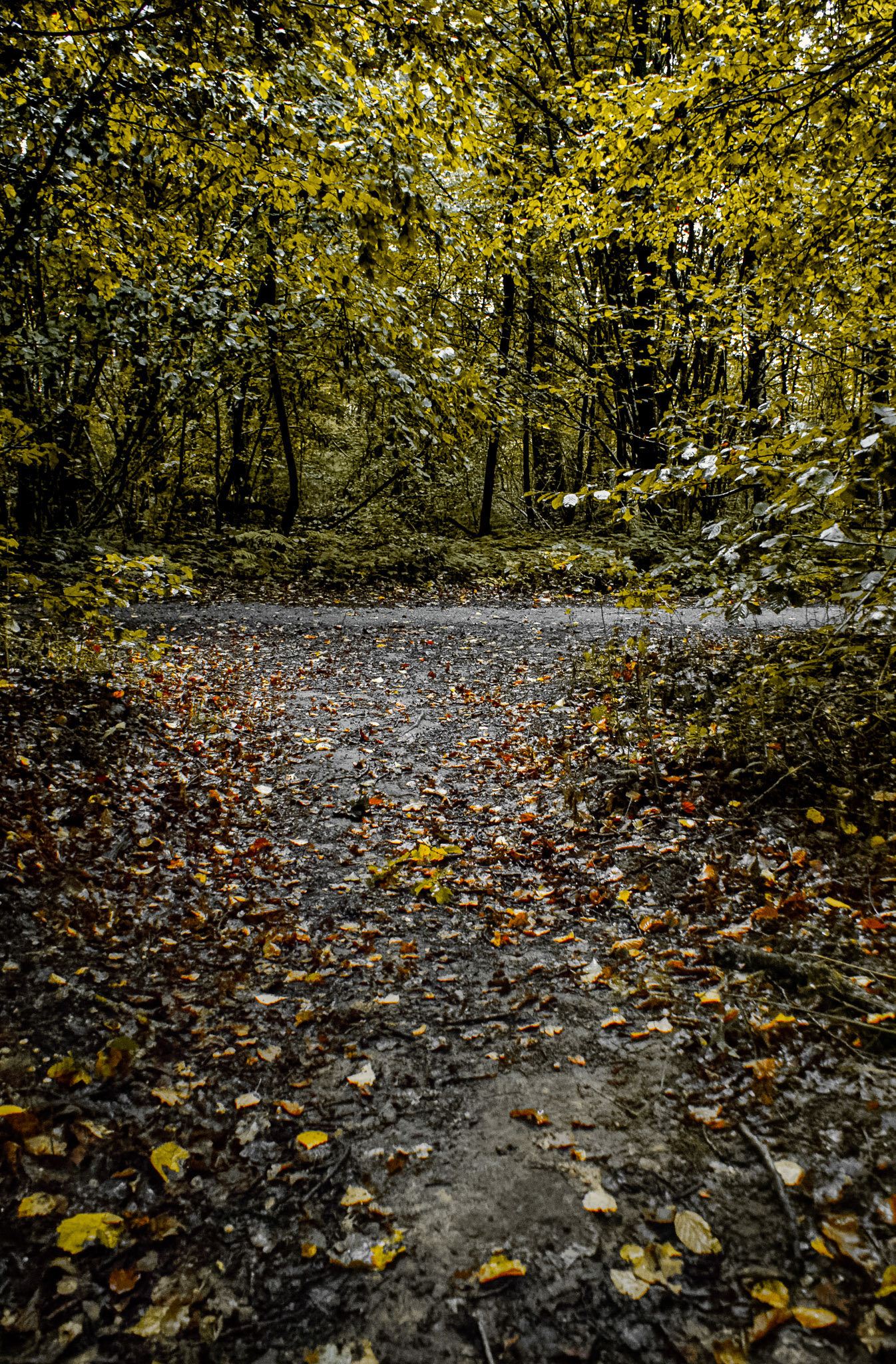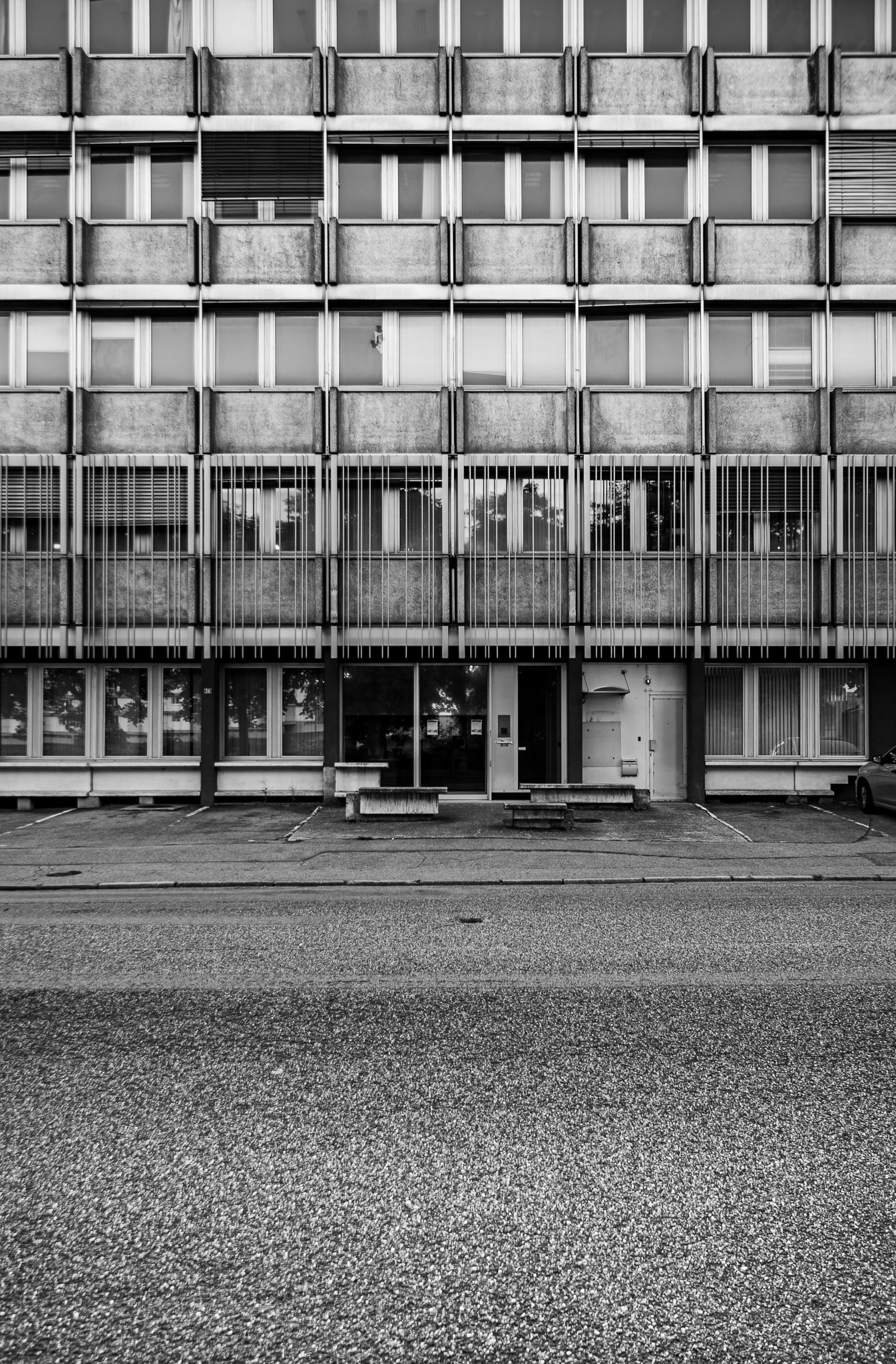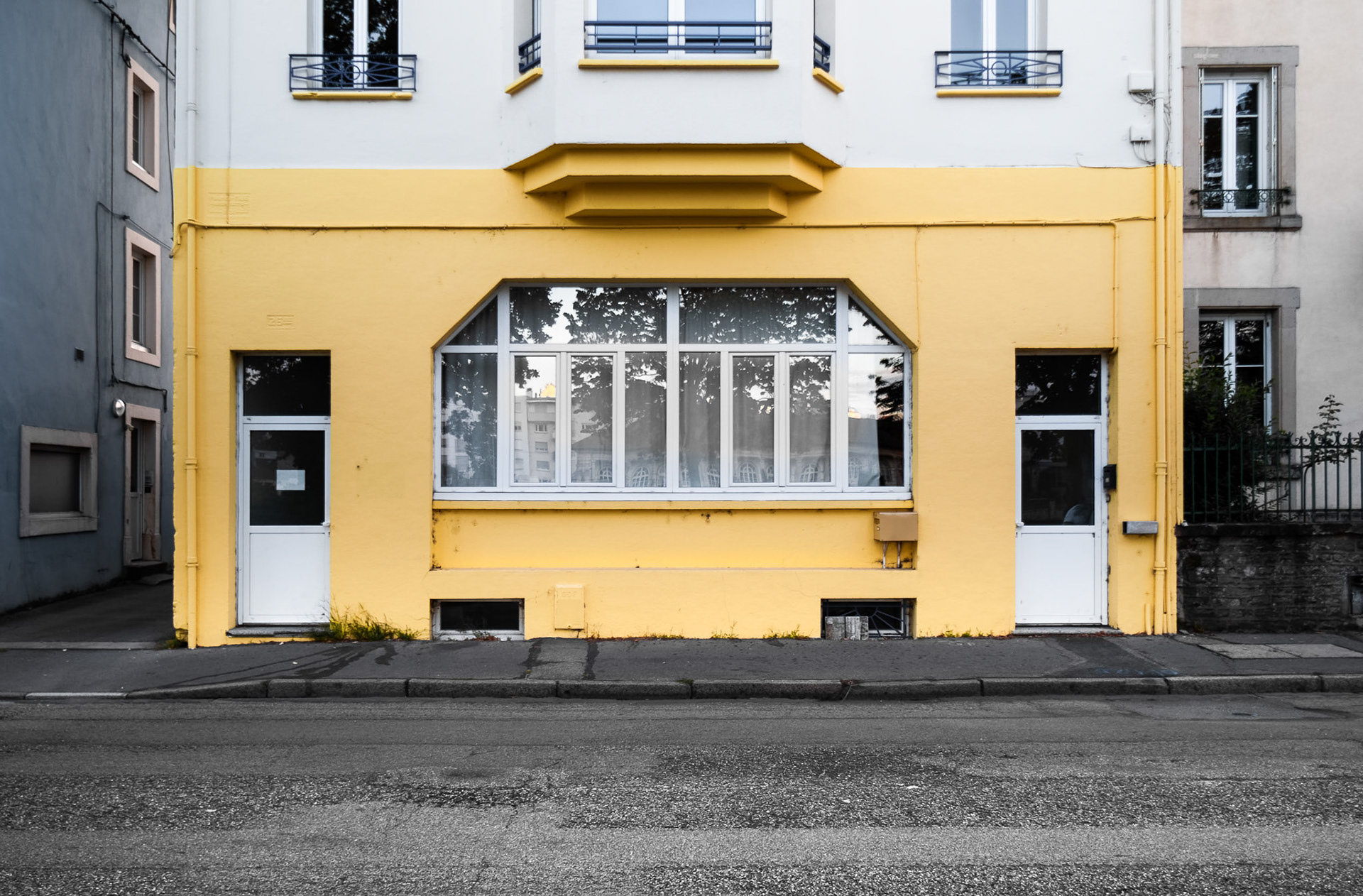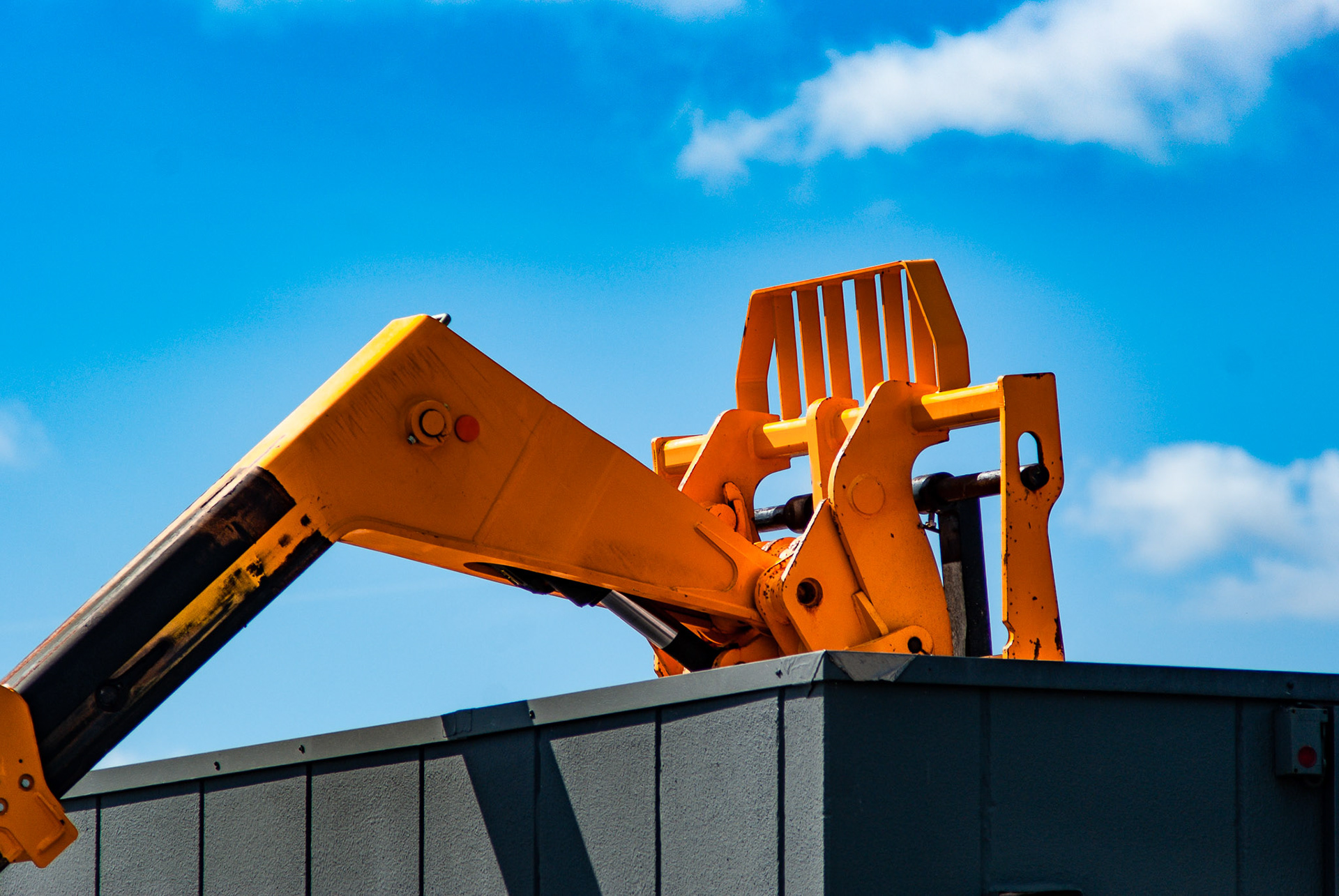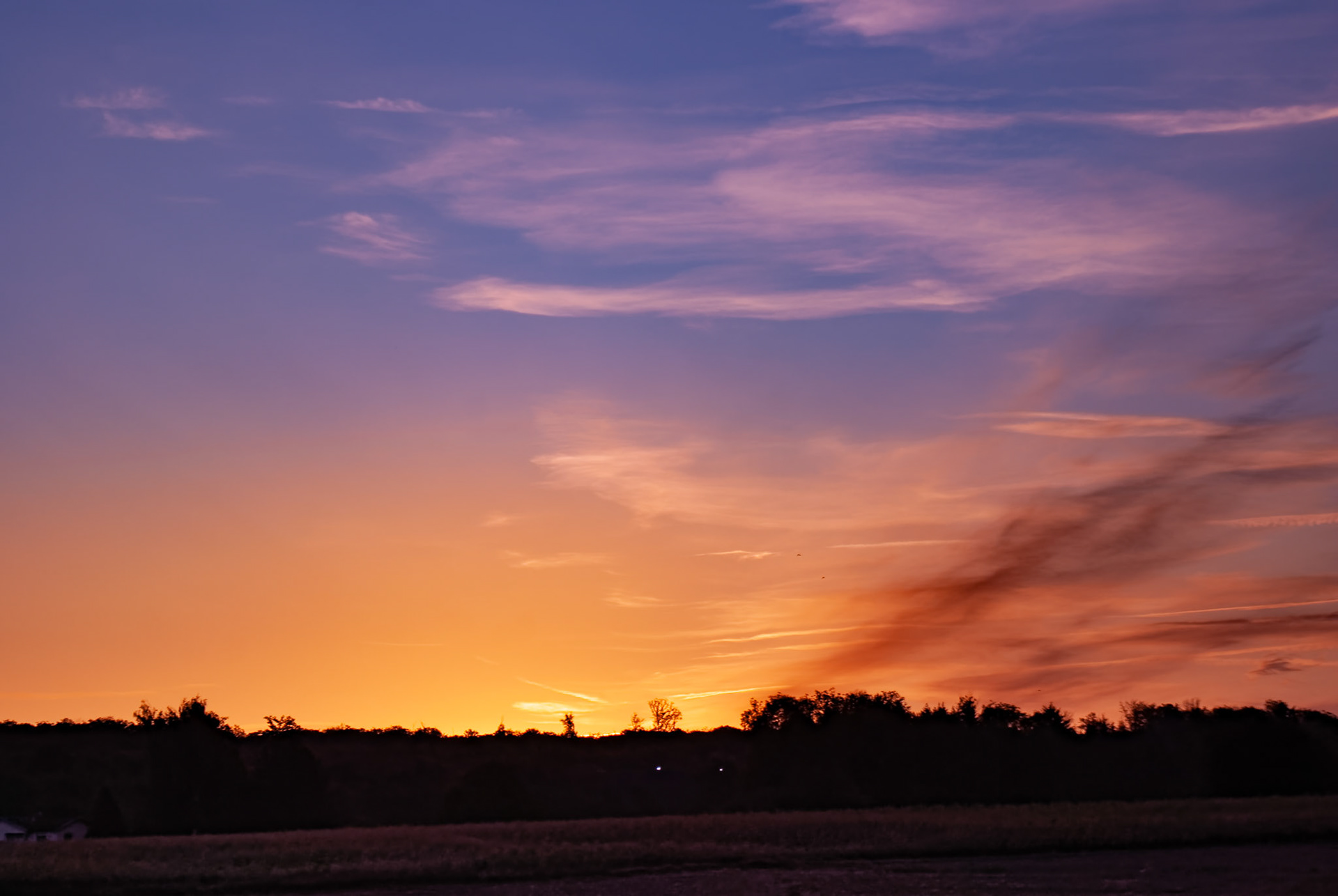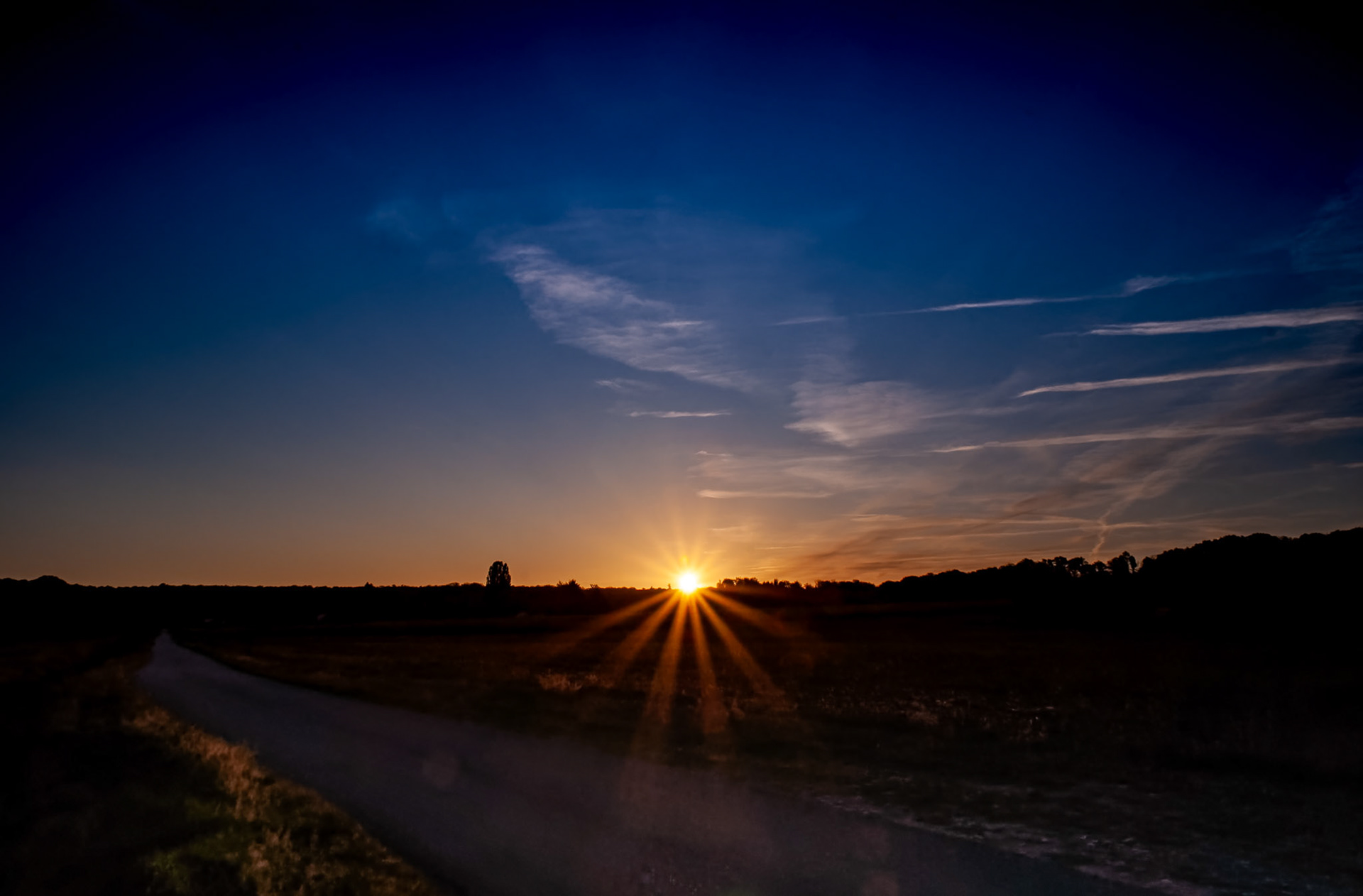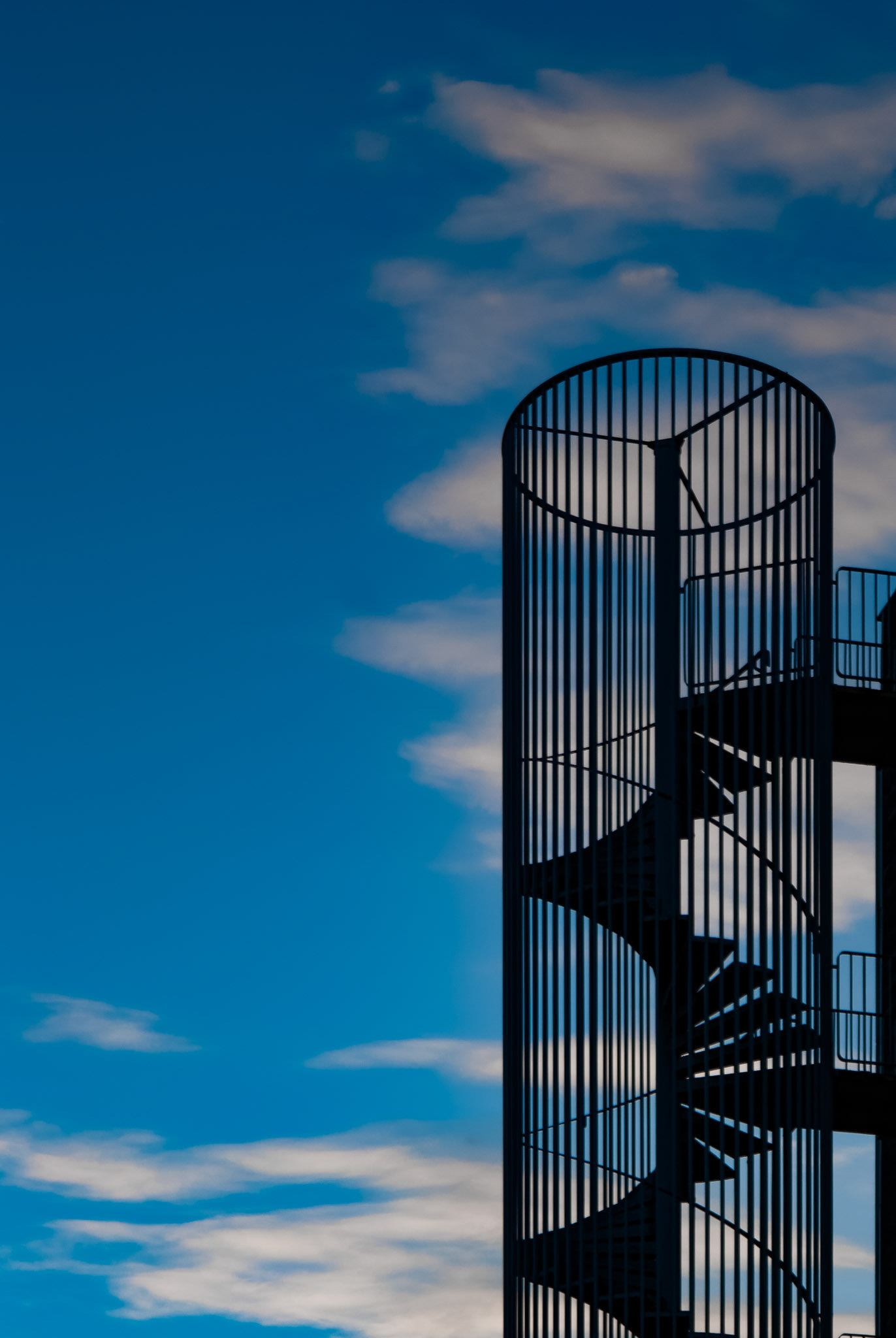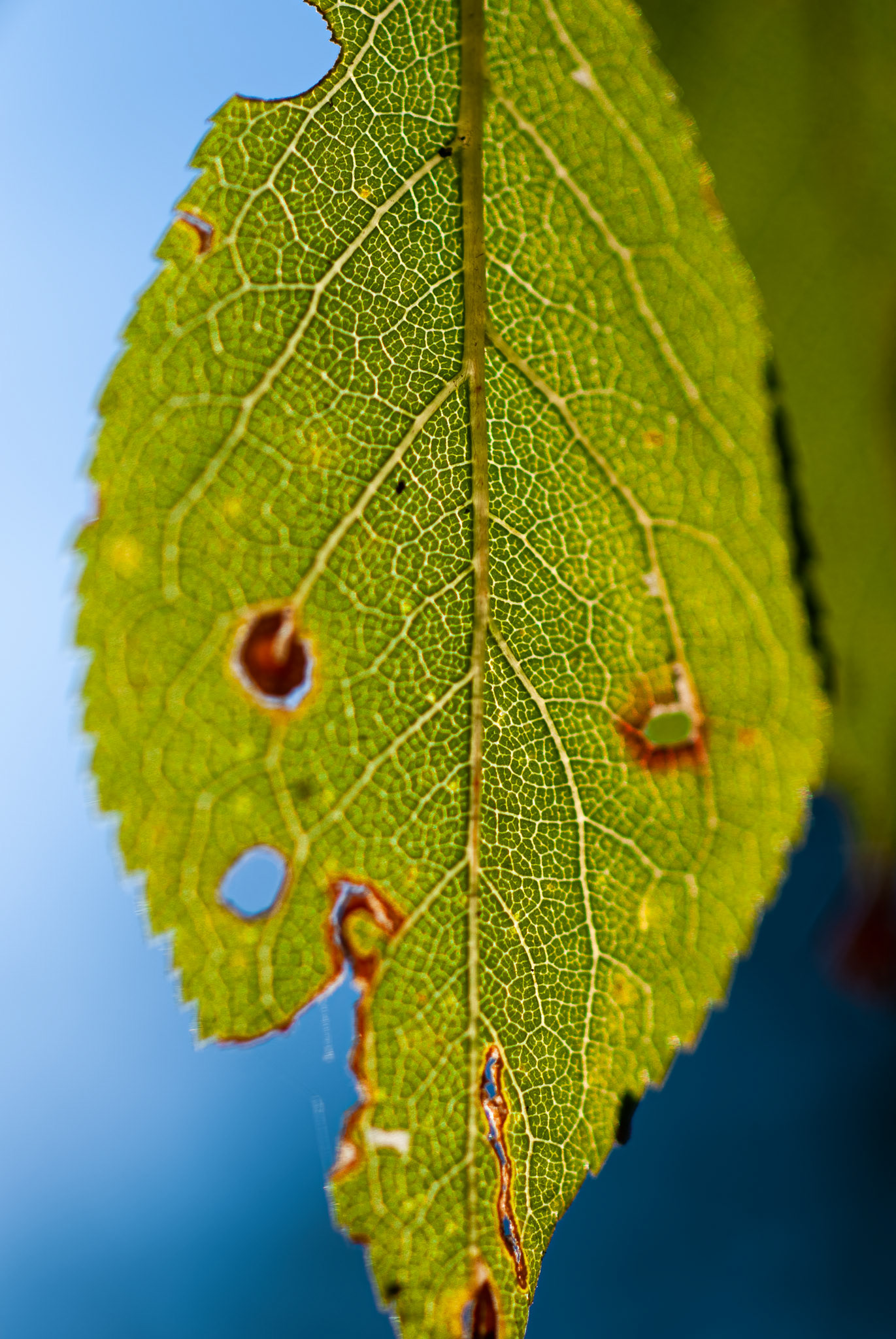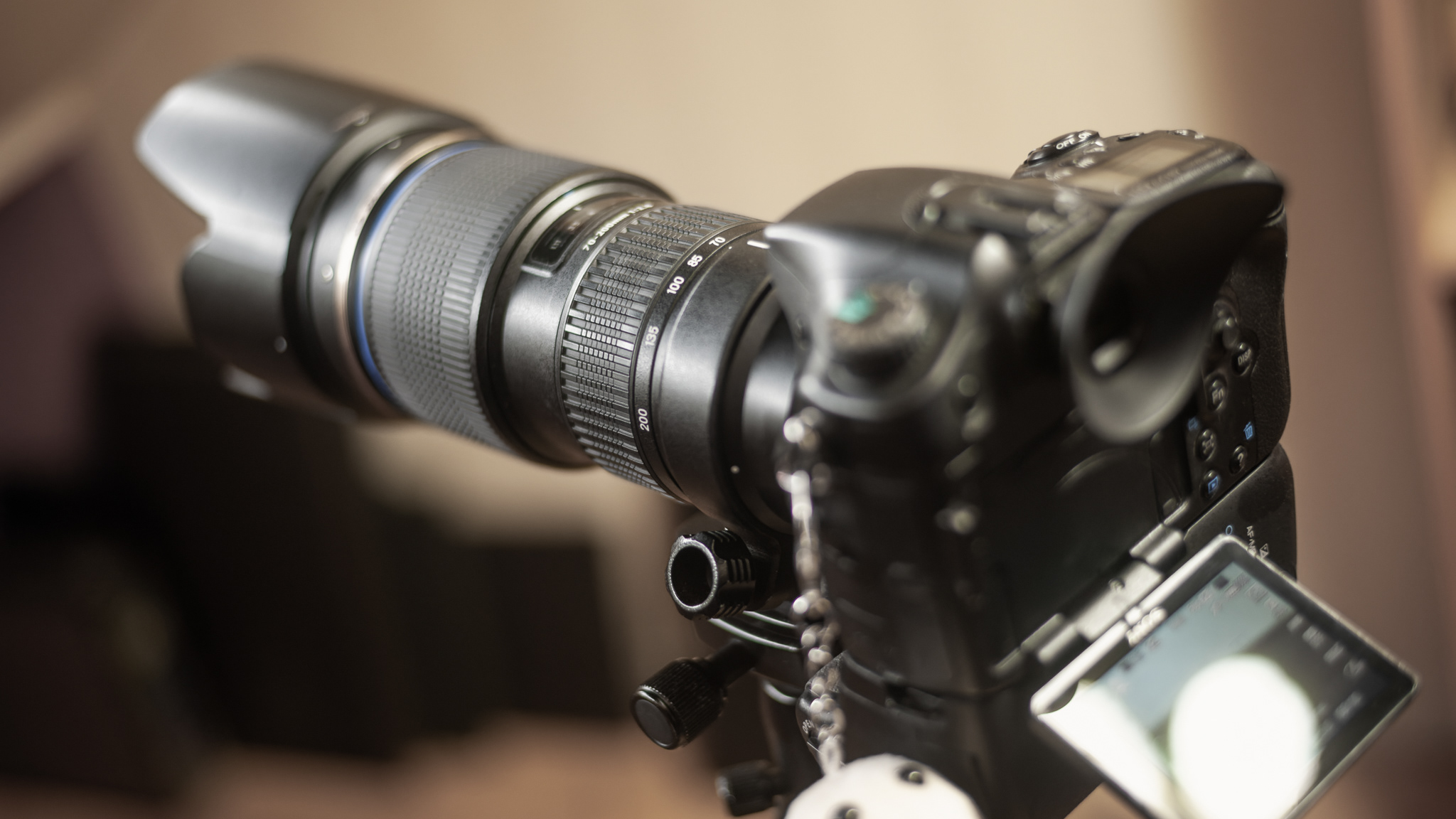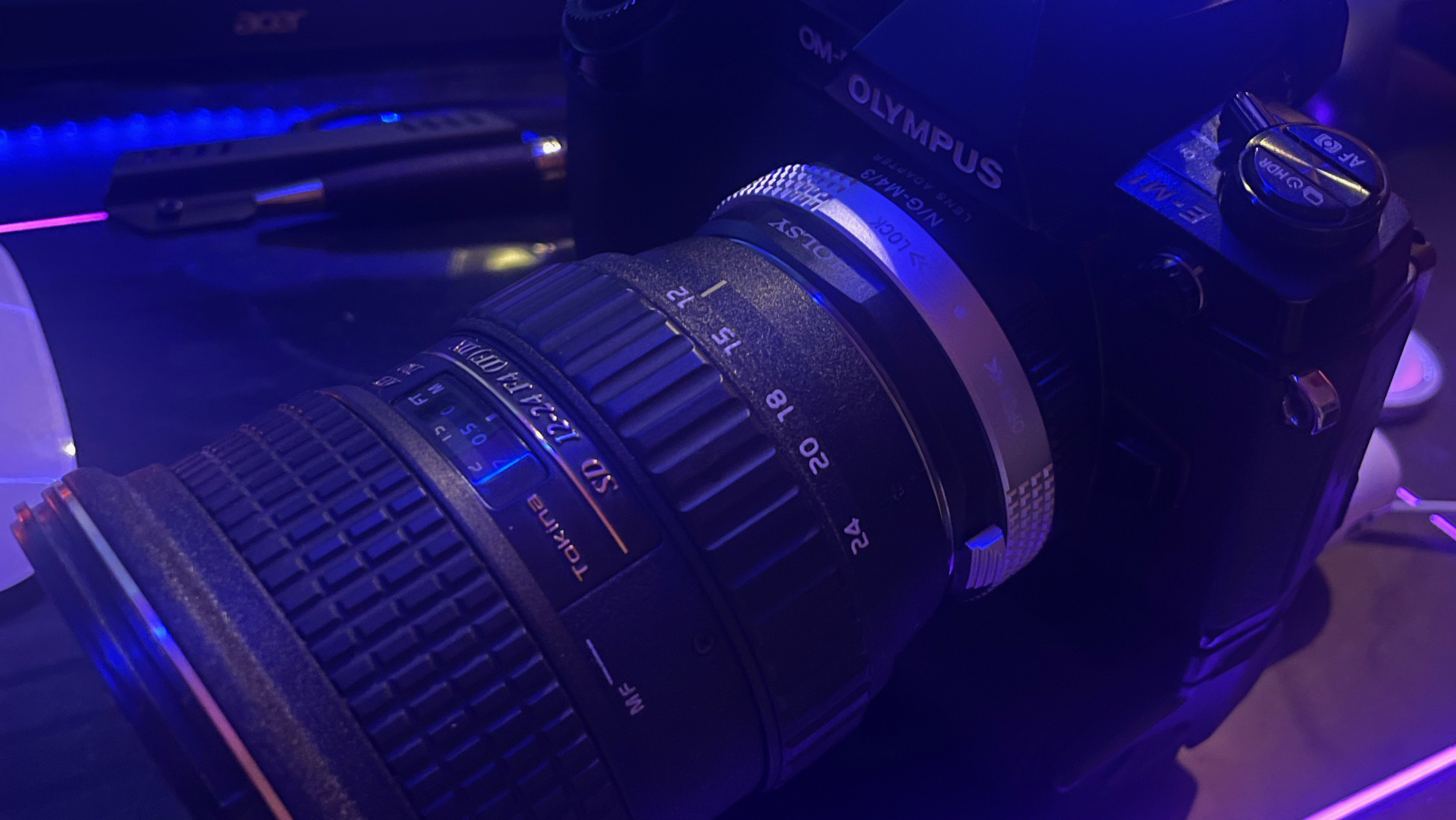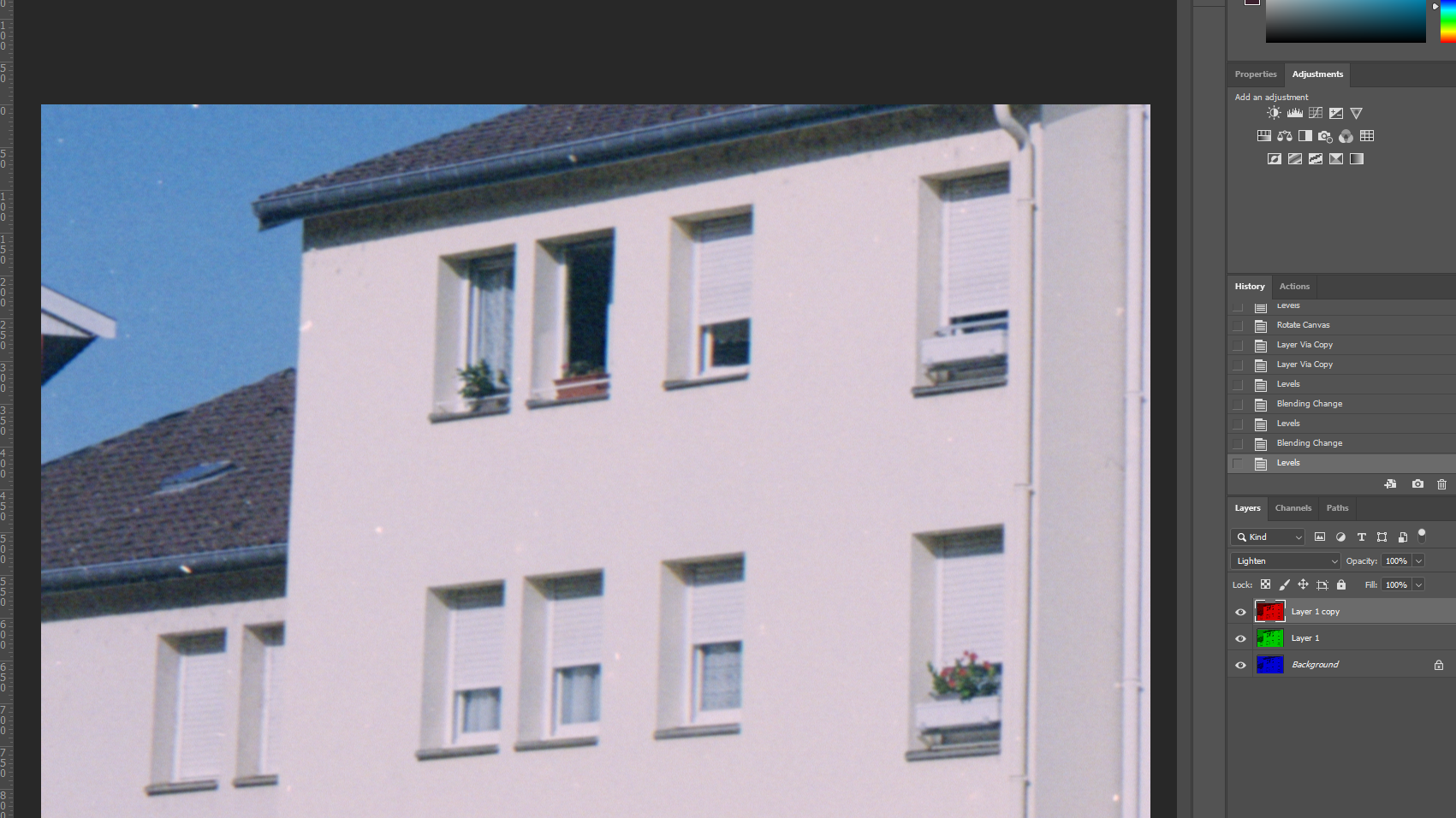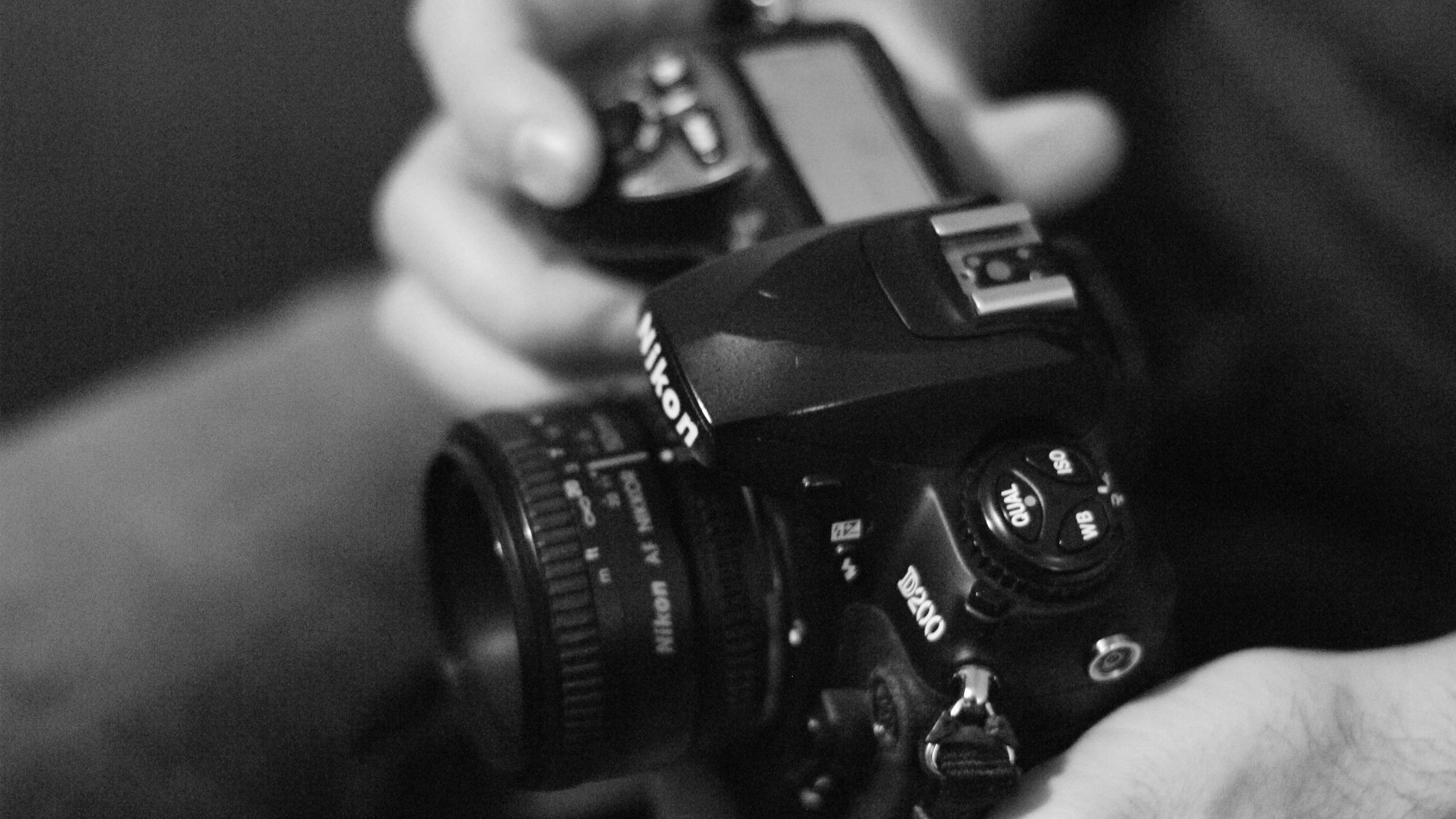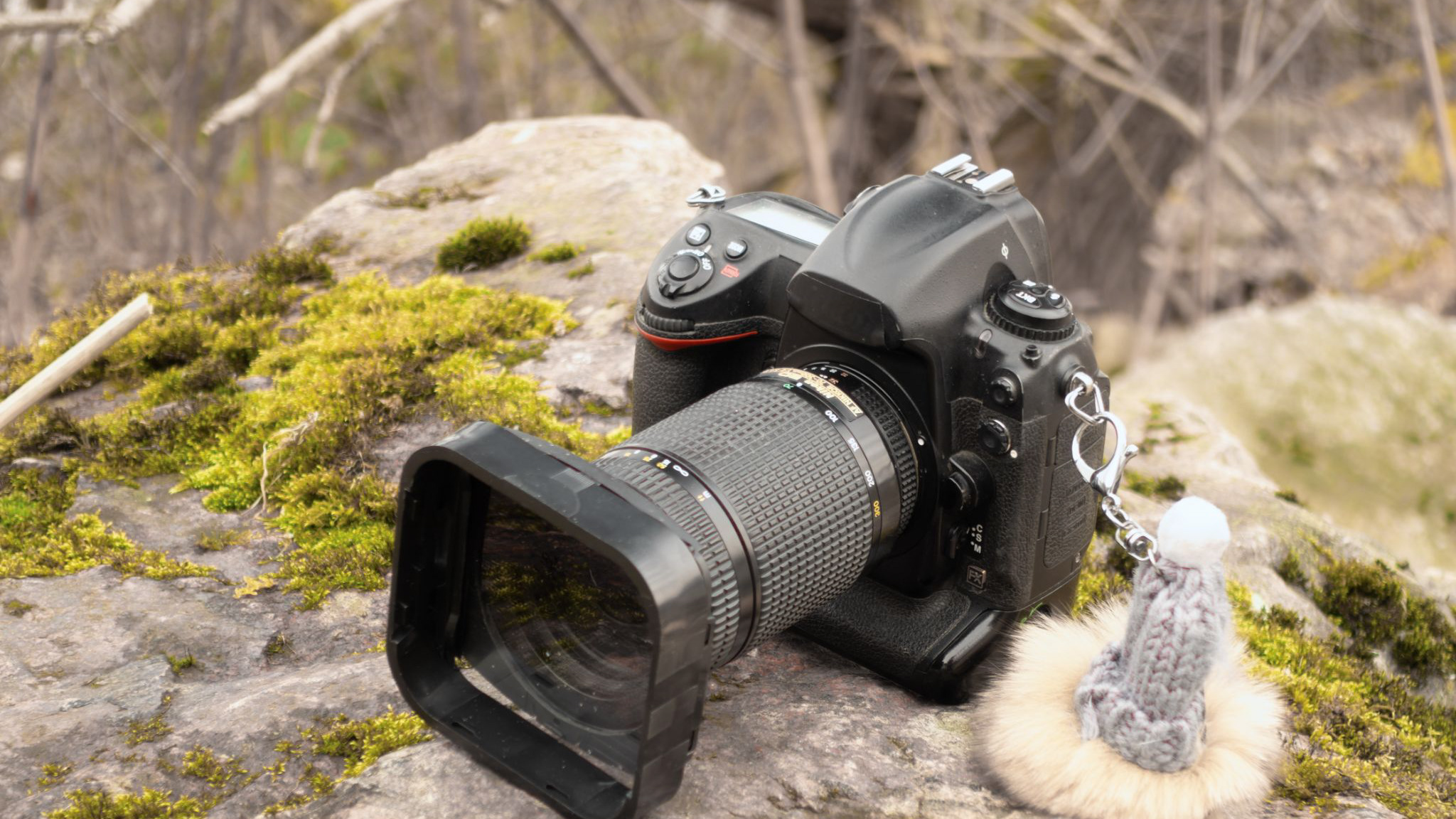The entry level A200 clearly has the Minolta DNA, controls, menus, A-mount, but it shares on paper a lot in common with the Nikon D80: same ISO range, same sensor, supposed same AF capabilities. The Nikon D80 (that was basically a tuned down, slower and less pro D200) was about to be replaced by the D90 when the A200 came out. You could buy the Nikon body for $600 and the Sony was about the same price with a 18-70 lens.
The more expensive Nikon D80 was built better, had a very practical top LCD, a pentaprism, and the Nikon controls ergonomic including two dials.
The less expensive Sony A200 was the bottom of their entry level line of DSLRs.
That doesn't mean it is a bad camera. It is a simple camera but it offers In Body Image Stabilization. And at the time, that was still a huge thing: all the A-mount lenses became magically stabilized. In my experience, I shot on average a 2.5 F-stops slower speed. It works pretty well, and is much more consistent than say the Minolta Maxxum / Dynax 7D stabilization.
Sp, overall, the Nikon D80 is a faster, better made camera, and the Sony has IBIS, but what about image quality? I won't talk about the in camera JPEG engine because I only shoot RAW. From the reviews at the time, that JPEG engine sucked anyways.
Both the D80 and A200 RAW files are 12bits compressed and weigh from 6 to 14MB depending on the photo. It is worth noting that the Sony compression seems much more aggressive: the same photo taken with the D80 is 14MB, and 7MB with the A200. Also, when the RAWs from the D200 and D80 are pretty similar, the color rendering is slightly different on the A200, in part because of different white balance, in part because of different RAW cooking.
I won't go into which one is better: I actually like both, much more than any CMOS sensor color rendering. (Yes, I know, it's in my head, or in the CFA. I don't care.)
My point here is that the A200 and D80 produce very similar images of the same quality. Even noise is very similar and has quite the pleasant film vibe.
Today, buying it for a ridiculously low price is not a bad idea if you have some a-mount lenses, or plan to buy some. They are cheaper than Nikon, and some are optically splendid, for just the price of a few cigarette packs. It's a fun inexpensive camera to shoot, giving some nice RAWs to work with.
In the end, the A200 is really quite a cheaper stabilized Nikon D80, or if image quality only matters, a much slower and less pro Nikon D200. It is perfectly usable in 2022 unless you need blazing fast AF tracking, frame rate and huge cropping abilities, and of course have the deep pockets to buy that.
